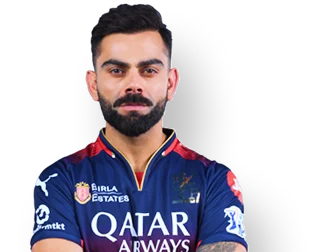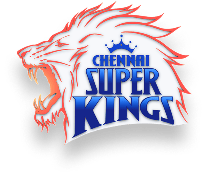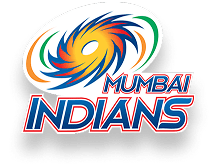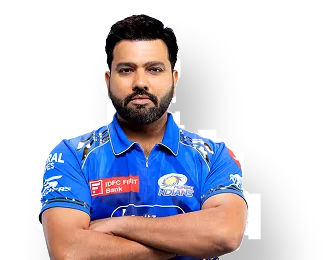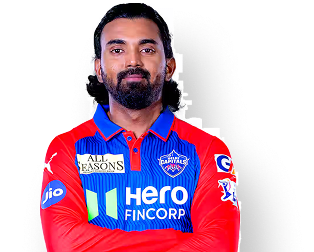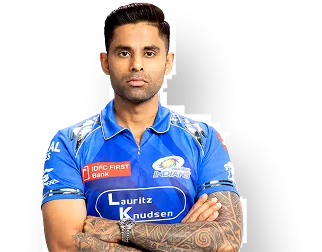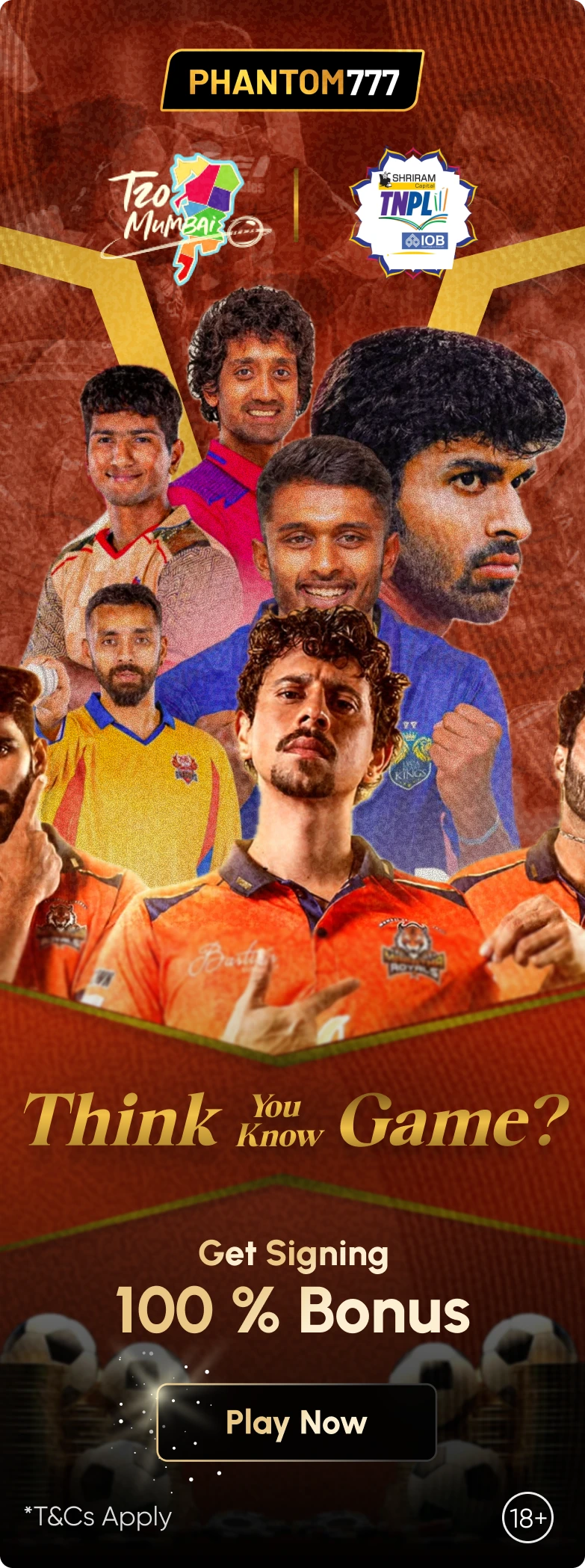Indian Premier League
The 18th season of the IPL will bring upon a new layer of excitement. The defending champions, Kolkata Knight Riders will kick off the new season as they play host to the Royal Challengers Bengaluru in Eden Gardens. IPL 2025 could also be the last hoorah for possibly the biggest superstar of the league, MS Dhoni. With fresh faces in every team, each of the 10 franchises would fancy their chances of not only making it to the playoffs but also winning the trophy. Four of the 10 teams are yet to win the IPL trophy and the upcoming season will be a great opportunity for them to have their...

Table Of Contents
Indian Premier League History and Foundation
The Indian Premier League (IPL) was inaugurated in 2008. It was the first franchise-based T20 competition started by the Board of Control for Cricket in India (BCCI). Eight privately owned teams took part in the first season in 2008. Most of these eight owners were popular figures in India. Mumbai Indians was purchased by Mukesh Ambani, the Chairperson of Reliance Industries. Popular Bollywood actor Shah Rukh Khan co-purchased Kolkata Knight Riders. This allowed the teams to have a starting fanbase before even the cricketing action began.
The IPL was inspired by a rival private league by Zee Entertainment called the Indian Cricket League or the ICL. The ICL was started in 2007 and gained significant popularity. Seeing the popularity of the ICL, BCCI felt the urge to start their own franchise competition as soon as possible. Banking on India’s T20 World Cup victory in 2007, the decision was made to start the IPL in 2008. Subsequently, BCCI cancelled the contracts of any player who decided to play the Indian Cricket League and, therefore, killed the competition.
IPL Mega Auction
The Indian Premier League introduced the concept of franchise-based cricket and a player auction cycle. However, before the auction in the inaugural season, the BCCI marked five Indian players as icons. The icon status was given to players who were automatically selected to play for franchises from their hometown. This meant these players never entered the auction. The five icon players were Sachin Tendulkar (Mumbai Indians), Sourav Ganguly (Kolkata Knight Riders), Rahul Dravid (Royal Challengers Bengaluru), Yuvraj Singh (Kings XI Punjab), and Virender Sehwag (Delhi Daredevils).
The rest of the players entered the auction and came under the hammer one by one. MS Dhoni was the most expensive player in the first auction of the IPL. He was bought by the Chennai Super Kings for ₹9.5 crores. The consistent auction every year and mega auctions after every three to four seasons help in keeping the league competitive. IPL mega auctions promote franchises to build a new team around a core of three to five players. It means no team gets to dominate for a long period of time with the same squad
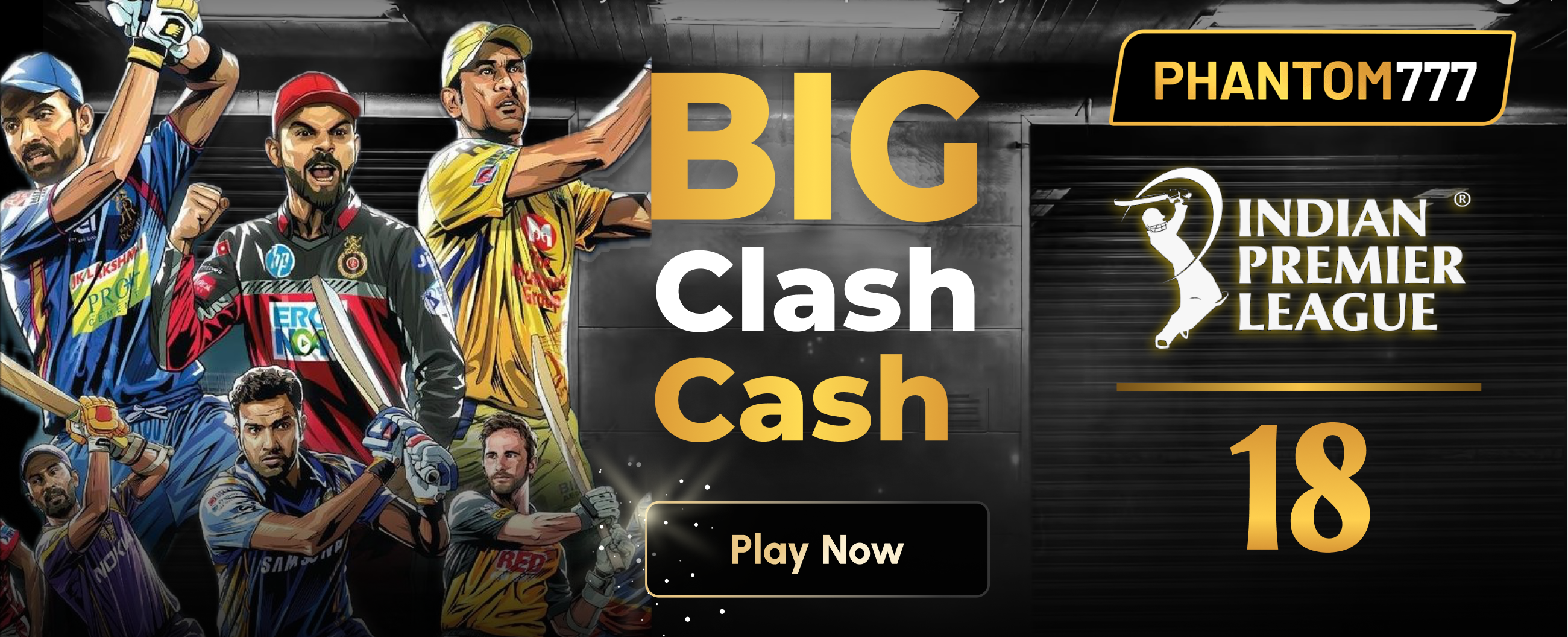
IPL Teams Expansion and Terminations
IPL's first attempt at an expansion to 10 teams was 2011. Two new teams, Kochi Tuskers Kerala and Pune Warriors India were added. Out of which, Kochi Tuskers Kerala had to exit the IPL only after one year. The Kerala based franchise had some major ownership disputes. On the other hand, Pune Warriors India’s IPL journey also came to an end due to financial disputes with the BCCI.
Till now, 15 franchises have played in the IPL. Out of those, only 5 teams have played every season since 2008. Seven of the original 8 teams are still competing in the competition. Deccan Chargers was defaulted after the 2012 season and was replaced by Sunrisers Hyderabad. Whereas Chennai Super Kings and Rajasthan Royal had faced a two years ban due to their involvement in spot fixing.
For 2015 and 2016, two temporary teams, the Gujarat Lions and the Rising Pune Supergiants, were added in place of CSK and RR.
IPL again expanded to a ten-team tournament in 2022. Two new sides, the Gujarat Titans (GT) and the Lucknow Supergiants (LSG), were added along with the existing eight franchises. LSG is owned by the RPSG Group, led by Sanjiv Goenka. The group had earlier owned the Rising Pune Supergiants. GT, on the other hand, is owned by Torrent Group (67%) and CVC Capital Partners (33%).
Here's a rundown on all IPL franchises and their participation years:
Indian Premier League Current Format
The IPL is currently played in a unique format where each team plays 14 league stage matches and then the top 4 teams qualify for playoffs. Ideally, in a round robin format, each team would play 18 games (nine matches each against nine teams), but due to the short time for the tournament, the teams are divided into two groups.
A team plays two games against the 5 teams of the other group, but only one match against the four teams in their own group.
For instance, here are the groups of IPL 2025:
In this case, Royal Challengers Bengaluru from Group A will play two matches against every team in their group. The matches will be played on a home and away basis. Whereas it will two matches against the team which is next to them in Group B in this case the Delhi Capitals. RCB will play the other four teams from Group B once. Out of those 4 matches, two will be at home and two away. This results in the Royal Challengers Bengaluru playing a total of 14 games, 7 games at home and 7 away.
Each team playing 14 games and facing every other team means that at the end of the season, there will be a single points table, and the top 4 teams qualify for the playoffs.

IPL Playoffs format
The IPL playoffs format is made in such a way that it favors the top 2 sides more than those who finished third and fourth. This is a one-of-its-kind style of playoffs where the teams finishing at the top of the table benefit because of their consistent performances.
Qualifier 1:
Teams who finish 1 and 2 play in Qualifier 1. The winner of Qualifier 1 gets direct entry to the IPL Final, whereas the losing team gets to play the Qualifier 2.
Eliminator:
The eliminator takes place between the sides positioned at 3 and 4. The winner of Eliminator gets into Qualifier 2, where it takes on the losing team from Qualifier 1. Loser on the eliminator exits from the tournament.
Qualifier 2:
Qualifier 2 is between the loser of Qualifier 1 and the winner of the Eliminator. The winner of this match qualifies for the final.
Final:
The IPL final takes place between the winner of Qualifier 1 and the winner of Qualifier 2.
IPL Team Owners and their Sponsors
The Indian Premier League teams drive a significant amount of revenue from sponsorship deals. Brands sign various different sorts of sponsorship deals, such as principal sponsorship, associate sponsorship, and other different kinds of partnerships. Since IPL is the most watched event in India, the brands are also keen to associate with IPL teams and get the most eyeballs. The brands that sponsor in IPL teams are from all kinds of industries that are present in India, such as telecom, education, fantasy, finance, etc. This shows the diverse crowd and market IPL is able to target.
The brand sponsorship also drives the valuation of the team. Therefore, each franchise is always keen to sign as many sponsors as possible. These can be in the form of branding on jersey, branded content or even TV ads by the IPL players. Here are some major sponsors of all the IPL teams in 2025:

IPL Teams Brand Value and Revenue
The IPL teams care about brand value and revenue just like any other business entity. A lot of money is invested in these IPL franchises. It is a franchise's duty to increase their brand value and revenue in order to increase their shareholders’ value.
The brand value of an IPL team depends upon the performance of the team, their marketing, social media presence, star players in the team and many other factors. The revenue of the IPL teams also come from various channels, such as broadcasting rights, ticket sales, and sponsorships. The price of ticket sale, and value of sponsorship deals, directly relate to the brand value of the team. Sponsors would be willing to pay more to the teams with higher brand value as they’d be able to provide them better visibility.
Chennai Super Kings lead the IPL in terms of Brand Value with a value of $122 million. It is due to the fact the CSK is the most successful franchise in the IPL with five titles and as been the team of India’s best white ball skipper. This gives CSK a huge loyal fanbase that is then translated into brand value.
IPL Rules & Variations
From time to time, IPL comes up with new ideas and rules different from T20 International cricket. IPL’s aim with many such rules is to keep the game exciting and fair. For a T20 competition that runs every day for almost two months, the IPL needs to have fresh ideas so that the audience doesn't feel bored. The rules could be related to awards, the DRS System, drinks breaks, squads, etc. Here are some rules that are unique to the IPL:
Strategic time out
Unlike T20Is, where there is one drinks break in each innings called by the umpire, in IPL, teams are allowed to call for the strategic timeouts. There are four strategic timeouts available in the match, each team is given one strategic timeout in an innings. This rule allows the matches to be more unpredictable; we’ve often seen matches turning around right after a strategic timeout. These timeouts help in making mid-match strategy and let players energise. Therefore improving the quality of the game. There are two strategic timeouts in each innings.
DRS for above waist length no balls and wide balls
One common trend in T20 cricket is of bowling wide yorkers in the death overs. The basic idea is to bowl away from the batters and not let them get any room. It’s difficult for Umpires to judge on the line wide yorker and decide whether it’s a wide or legal. The close nature of T20 matches' results can be impacted if the call made by the umpire is wrong. Therefore, both the batting and fielding side gets DRS to challenge the wide calls. Similarly, length no balls can also be challenged, seeing how strategic a high full toss is in T20 cricket.
This rule came into effect first in the Women’s Premier League 2023
Impact player rule
The impact player rule allows the IPL teams to substitute a player in the playing XI with another player from the bench at any point during the match. The impact player substitution is mostly done between innings, where a bowler is replaced by a batter, or when the team is in trouble while batting or bowling. For example, if a team is 95/7 in the first inning, they can substitute one of the batters that is out from a proper batter to play with the tailenders.
This rule was introduced in 2023 to make the game exciting and challenging for the teams to adapt strategies mid-match. In IPL 2024, as the teams got the hang of the rule, they started to bat more aggressively. It was the most explosive season of the tournament, with batting records consistently being shattered.

IPL Tournament Seasons and Results (Till Now)
Rajasthan Royals: Inaugural champion
Rajasthan Royals won the IPL in its inaugural season in 2008. Led by Shane Warne, the Rajasthan Royals’ triumph was a true underdog story. The highest run scorer for RR and player of the tournament was Shane Watson with his 472 runs and 19 wickets in 15 games. The team was filled with youngsters such as Ravindra Jadeja
Multiple-time champions: MI, CSK, and KKR
Mumbai Indians (MI) and Chennai Super Kings (CSK) are by far the most successful franchises in the seventeen years of the IPL. Both MI and CSK have won the titles 5 times. All Mumbai Indians’ five IPL titles came under the captaincy of Rohit Sharma, and all CSK’s five titles came under the captaincy of MS Dhoni. This not only tells us about the two great captains but also about the management who confidently backed their players.
Rohit took over the Mumbai Indians captaincy in the middle of the 2013 IPL season. After a shaky start to the campaign under Ricky Ponting, the Aussie legend was dropped from the side. A young Rohit Sharma took over the command and turned the team's fortunes. Mumbai Indians went on to defeat CSK in the final to win their maiden IPL title. Rohit emerged as a great leader in difficult situations.
Mumbai Indians made winning IPL titles a habit, as they again won the title in 2015, 2017, 2019, and 2020. The 2020 squad of Mumbai Indians is regarded as one of the most dominant sides in IPL history. Since 2008, Mumbai Indians have reached the playoffs on a total of 10 occasions, winning the title half of the time.
Chennai Super Kings bought MS Dhoni in the inaugural IPL auction and immediately announced him as the captain of the side. This was right after MS Dhoni led India to the 2007 T20 World Cup triumph. The decision paid off as under Dhoni’s captaincy, CSK became the most successful franchise in the history of the IPL. The team finished as runners-up in the very first season. In 2010 and 2011, Chennai Super Kings won the IPL titles back to back, emerging as the first dominating team in the IPL.
Over the next few years, CSK struggled to cross the finish line as they lost three IPL finals before 2015, two against Mumbai Indians, before being suspended for the next two seasons. In 2018, CSK announced themselves back with a bang, winning the IPL title for the third time. Since then, they have won two more titles in 2021 and 2023.
The Chennai Super Kings is the most successful franchise in the IPL. They’ve made the playoffs 12 out of their 15 appearances, and 10 times they’ve played the final. Out of the five finals CSK lost, three of them were against Mumbai Indians. Over the years, a very healthy and competitive but fierce rivalry has developed between CSK and MI. The two most decorated teams going toe-to-toe against each other is always a delight for the fans.
Kolkata Knight Riders struggled in the initial years of the IPL. The Shah Rukh Khan-owned franchise didn’t make the playoffs even once in the first three years. In 2009, the team finished at the bottom of the table. This all changed with the first mega-auction in 2011. Some major changes in the roster, and KKR was off to a flyer.
For 2011, KKR did not retain a single player from their previous squad. Even legends like Sourav Ganguly and Chris Gayle had to exit the franchise. Instead, the team bought Gautam Gambhir as the most expensive player in the league and appointed him captain. World-class all-rounders such as Jacques Kallis and Shakib Al Hassan, and bowlers Brett Lee and Sunil Narine were also included in the side.
Under new captaincy, KKR’s fortunes were changed. Gambhir led the team to the playoffs for the first time in 2011. Following year, KKR lifted the 2012 IPL title, beating the favourites CSK in the final. In 2014, KKR lifted their second title, becoming only the second team after CSK to win multiple titles.
After Gambhir's departure in 2017, the team struggled to find consistency. They did make the finals in 2021 under the captaincy of Eoin Morgan, but overall, they remained an average side. Even with a strong side, KKR only managed to finish 7th in both 2022 and 2023 under the captaincy of Shreyas Iyer and Nitish Rana, respectively.
This again changed when Gautam Gambhir came back as a mentor for the IPL 2024. Under the captaincy of Shreyas Iyer and mentorship of Gambhir, KKR had one of their dominant seasons in the IPL as they went on to lift their third IPL title.
IPL Player of the tournament winners (Most Valuable Player)
The IPL used to award the best player with the player of the tournament award till 2012. Since 2013, they have adopted a more objective way to choose the best player of the event and named the award “most valuable player”. There is a dedicated scoring system to award the MVP. In this points system, hitting a four earns 2.5 points. Every six and each wicket taken are worth 3.5 points. Bowling a dot ball gets 1 point. Taking a catch or completing a stumping is worth 2.5 points each.
Sunil Narine has been awarded the Most Valuable Player/Player of the Tournament a record three times. Twice when his team KKR went on to win the IPL, in 2012 and 2024. In 2024, he also recorded the most MVP points in the history of IPL, with 450. The previous best was Shane Watson’s 386.

IPL Emerging player award winner
The IPL emerging player award was stated as the award given to best under-19 player, which was then changed to best under-23 player. Since 2014, it is given to the player who is aged under 25, played fewer than five Tests, twenty ODIs), and twenty five IPL matches at the start of the season. Players are only eligible for the award once.
Mustafizur Reheman is the only overseas player to win the emerging player award. He won this award for his campaign with SRH in 2016. He took 17 wickets and was an integral part of SRH’s winning campaign that season.
Fair Play Award in IPL
The fairplay award is given to the team who shows the best sportsmanship. After every match, the two on-field umpires and the third umpire rate how well both teams performed. A team can earn up to ten points per match. Four of these points are based on how well the team followed the "spirit of the game," according to the umpires. The remaining six points are split among three other criteria: respect for the opposing team, following the rules of cricket, and showing respect to the umpires. Each of these three categories is worth two points. If a team gets two points in a category, it's considered "good." Scoring one or zero points means their performance was "average" or "bad."
A captain plays the most important role in maintaining the spirit of the game. Fair Play award is a testament to the captain’s effort in how his team played with a level-headed nature without getting involved in any controversy. Chennai Super Kings, under the leadership of MS Dhoni, has won the Fair Play award a record six times.

Broadcasting Channels for Watching IPL
The IPL broadcasting rights are some of the most valuable rights in the world. The per match value of an IPL is over ₹104 crores, which is more than the value of an English Premier League or an NBA match.
Jio Cinema acquired Disney+ Hotstar and formed JioHotstar. The platform will start streaming the IPL in 2025. In 2023, Jio paid ₹23,758 crores for the rights, while Star India also paid ₹23,575 crores to secure the five-year deal. The IPL streams free on Jio Cinema’s app, while on TV, along with Star Sports, it is on various of Star’s regional movie and entertainment channels to catch more eyeballs.
These broadcasters further sell the rights of the IPL content to foreign networks. Here’s the list of all the broadcasters of the IPL, all around the world:
Captaincy in IPL History - Leadership and Decision Making Power
Captaincy in the IPL has to be one of the toughest jobs. A team in an IPL season has to play a minimum of 14 matches over two months. Teams look for a captain that has what it takes to lead the team consistently and deliver results for such prolonged durations. On top of that, teams need to consider that the captain's own batting or bowling performances are consistent, and they’re not prone to any injury. Changing the skipper in the middle of the campaign can affect the moments, and the team would find it difficult to adapt to the new leadership. We’ve seen many times in the IPL that just a simple captaincy change impacts the whole squad's performance. On some occasions, a change in captaincy has a positive impact, sometimes, it is for the worse.
Change in captaincy changing the team's fortune
In 2013, Mumbai Indians struggled under the leadership of Ricky Ponting in the first few games. Ponting’s own form was also not justifying his place in the squad. Ponting, one of the greatest captains of all time, decided to step down from the role and hand over his leadership role to young Rohit Sharma. Sharma’s captaincy changed the tide of MI’s campaign as the team, which looked shaky and struggling, went on to win the 2013 IPL title. Mumbai Indians, under Rohit Sharma’s leadership, went on to win a record 5 titles. They were the first team to do so.
Captain is the team builder
Being the captain of an IPL team is like leading a big group project but on a much grander stage. A captain needs to be a strong leader, guiding the team with clear strategies and motivating everyone to do their best. The IPL team is built by the captain’s choice, many franchises take suggestions from the captain during the IPL auction. During 2022, the defending champion CSK changed their captain from MS Dhoni to Jadeja. Under the leadership of Ravindra Jadeja, CSK struggled as the squad was built by MS Dhoni, who won the IPL in the previous season.
Following 2022, Dhoni was reappointed as the captain, and the team went back to winning ways. CSK again became the champion of IPL in 2013.
Quick Decision-Making
In the IPL, quick and smart decisions are crucial. Matches are fast-paced, and the situation can change instantly. The captain has to make quick calls about field placements, bowling choices, and batting orders, all while under immense pressure. If any decision goes wrong, it is the captain who has to take all the accountability and face the questions of the media.
Team Management
Managing the team is another key part of an IPL captain’s role. Just like in a classroom, each player has different strengths, weaknesses, and personalities. The captain needs to understand what motivates each player and how to get the best out of them. They must create a positive environment where everyone feels supported. It’s similar to being the friend who keeps everyone in the group happy and working together.
Many great IPL captains go on to become mentors/coaches of the IPL sides and get results as they were able to get as the captain. Under the mentorship of Anil Kumble, the Mumbai Indians won their first IPL title in 2013. Kumble had previously led RCB in 2009, when, in his captaincy, the team finished as runners-up. Similarly, KKR won their third title after a 10-year drought in 2024. The major change for the 2024 season was appointing Gautam Gambhir as the team’s mentor. Under Gambhir’s captaincy, KKR won their two previous titles in 2012 and 2014.
Effective Communication
Clear communication is essential for an IPL captain. The captain must ensure everyone understands the game plan and their role. This means talking to teammates effectively both before and during the game. Whether it’s explaining a strategy or giving quick instructions on the field, good communication can be the difference between winning and losing. It’s like being the class monitor who ensures everyone knows what to do.
That is why it is often seen that many teams prefer Indian captains as they click better with young Indian domestic players, coming up from grassroots cricket, while foreigners may struggle to understand their situations.
Rajasthan Royals had Sanju Samson as their captain in the previous seasons, despite having the T20 World Cup-winning captain, Jos Buttler, on their side. In 2025, Samson was retained as the leader by the Royals, while Buttler was let go.

Purple cap, Orange cap- Winners
The IPL, apart from presenting the Most Valuable Player and Best Emerging Player awards, also announces Purple Cap and Orange Cap winners. These awards are given to players who excel in their specific role. The player who picks up the most wickets in a season is awarded with a Purple cap, while the highest run-getter receives an Orange cap.
Purple Cap winners in IPL history
There have been some great bowlers who have played in the Indian Premier League. The bowlers who take the most wickets in a single season are awarded the Purple Cap. In the past, some great bowlers have managed to win this award, while three players have achieved to do it twice. Dwayne Bravo was the first bowler to win the Purple Cap twice, in 2013 and 2015. In 2015 and 2016, Bhuvneshwar Kumar became the first player to win the award two years in a row. Harshal Patel won the Purple Cap with Royal Challengers Bengaluru in 2021 and with Punjab Kings in 2024. He is the only bowler to win the Purple Cap with two different teams.
Orange Cap winners in IPL history
The Indian Premier League, over the years, has been home to some of the best batters in the history of the sport. Players from all around the world have come into the league to add their midas touch by powerfully smashing boundaries and scoring truckloads of runs to add to their team’s success.
Only David Warner has won the Orange Cap thrice. The Australian left-hander achieved this while playing for the Sunrisers Hyderabad in 2015, 2017, and 2019. Apart from Warner, Virat Kohli has been a consistent feature among the top run-getters lists. Kohli holds the record for scoring the most runs in a single season. He scored 973 runs in 2016 in 16 games. He has won the Orange Cap twice, in 2016 and 2024.

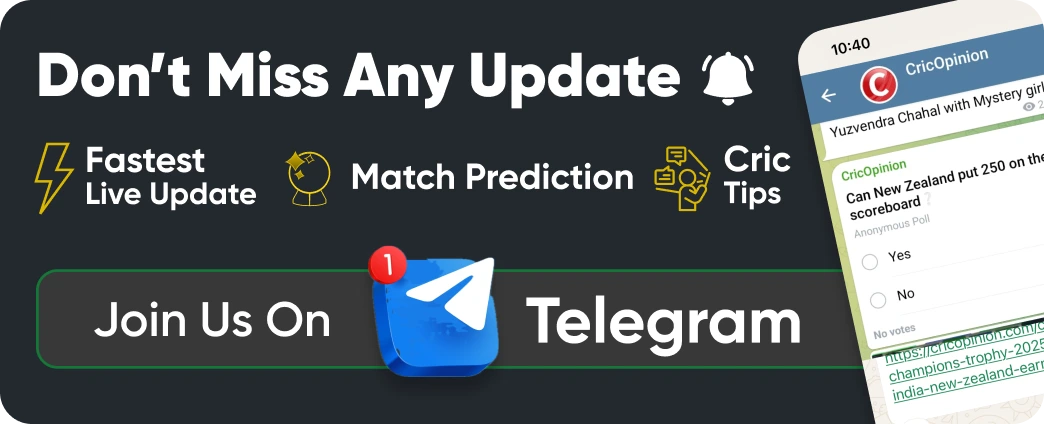
FAQS
Top Teams
- India
- New Zealand
- Australia
- England
- South Africa
- Bangladesh
- Pakistan
Top Leagues
- Indian Premier League
- Women's Premier League
- Big Bash League
- T20 Mumbai Premier League
- The Hundred
- Caribbean Premier League
- Lanka Premier League
- Maharashtra Premier League
- Tamil Nadu Premier League
More Links
- Twitter trendings
- Off Field Talks
- Pitch Analysis
- Team Analysis
- Player Analysis
- Match Prediction
- Toss Prediction






